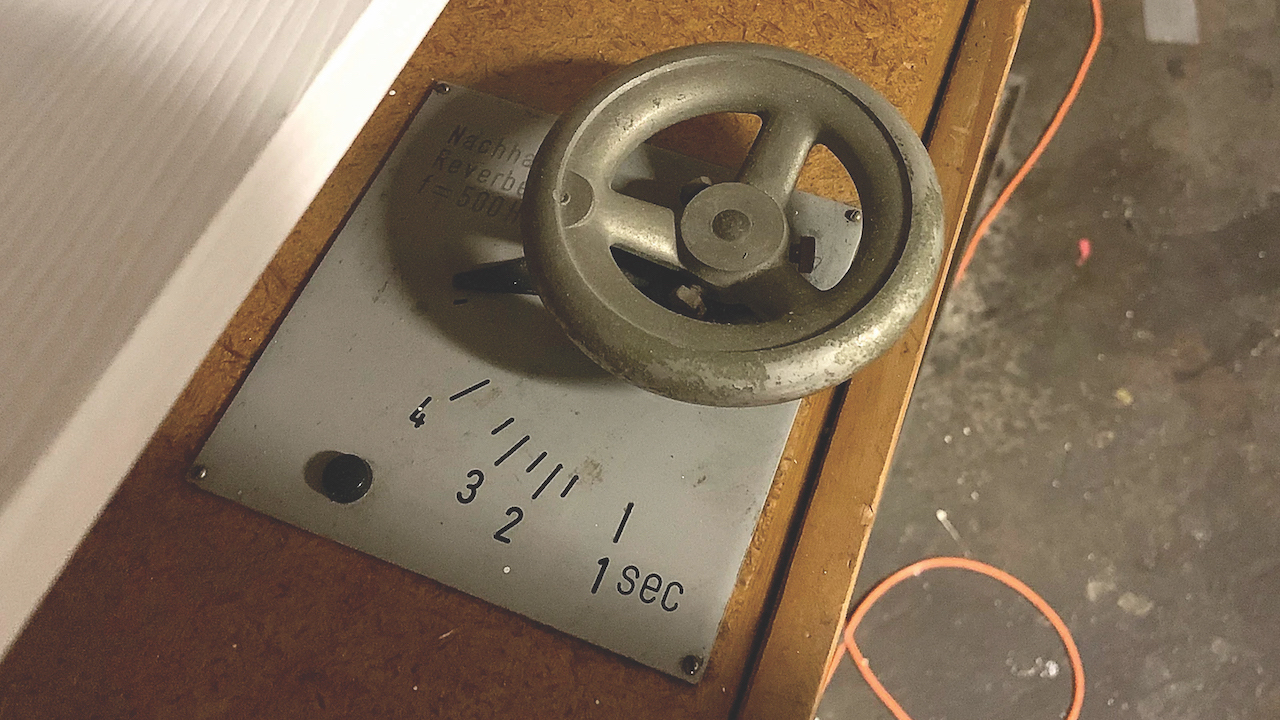
It’s hard to believe when we look at our hard drives, full to the brim with algorithmic, plate, chamber, spring, and convolution plugin reverbs, that at one time if you wanted this amazing effect, you’d have to go to an actual room to get it.
Only a performance hall or a specially constructed echo chamber – with a microphone at one end and speaker at the other – would get you a beautiful reverberated effect. But such was the demand for the sound in the all-new recordings of the time, the first reverb emulations were then developed. And software they were certainly not…
The first of these was the spring reverb, created, believe it or not, to partially emulate the reverberated echo caused by the delay in early telephone lines, but built into Hammond organs in the 1930s and ’40s. Think of it as a kind of early Daft Punk vocoding, but with a bit of echo. As good as the spring reverb was – and it was a lot better than our telephone description implies – it would take a German company, in this case, Elektromesstechnik (EMT) to really shake up the reverb emulation market.
And in 1957, it did just that with a second physical reverb emulation, the plate reverb in the form of the EMT 140. 70 years on, and it’s a sound that is still in demand now…
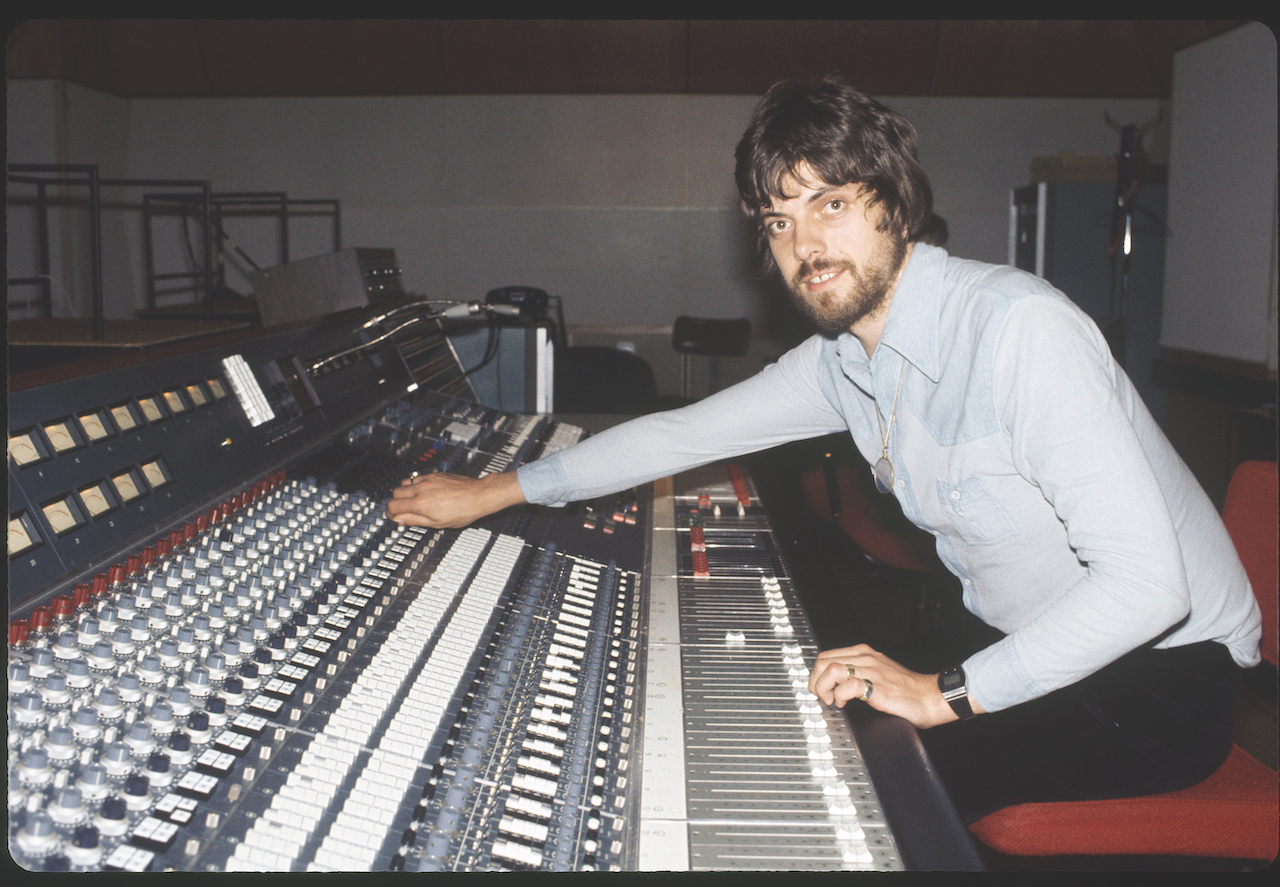
The EMT 140 System
The EMT 140 plate reverb system used a thin metal sheet measuring two metres by one metre, which was suspended by springs within a metal frame to allow it to vibrate. A transducer would be placed on the plate, often in different locations but mostly centrally, introducing sound waves into the system, and the resulting reverberated vibrations would be picked up and amplified. Even the reverb time could be affected with a damping system reducing it from its maximum reverb time. Suddenly, decent, controllable artificial reverb was born.
The plate reverb has a distinct overall character, variously described as lush, silky smooth or, simply, just gorgeous
Okay, a two-by-one metre device weighing the best part of 300kg doesn’t sound much more practical than an entire band relocating to an echo chamber, but back in the late ‘50s and early ‘60s, this was revolutionary. So much so that Abbey Road Studios (then EMI) snapped up four of them and the 140 sound would eventually end up being used by the stars of the day including The Beatles, Elvis Presley, The Beach Boys and Pink Floyd – indeed, Floyd engineer Alan Parsons claims that the 140 was the only reverb used on Dark Side of the Moon.
Despite all the units being called ‘EMT 140’, each reverb would vary slightly in sound, and more dramatically over its eventual 25-year lifespan, as different electronic components would be introduced. A stereo version, for example, was introduced in 1961 and a smaller 240 model came out in the 1970s. However, the sound of the plate reverb does have a very distinct overall character, variously described as lush, silky smooth or, more simply, just gorgeous.

Software models
Nowadays, of course, all types of reverb can be emulated digitally in plugins, and the ‘plate sound’ can be found in pretty much all of them. In fact, it’s easy to argue that any reverb that has any kind of plate ambitions will be aiming for the sound of the original EMT 140. However, there are many plugins that wear the 140 name more obviously than others.
Right up there with direct emulations, as you might expect, are Universal Audio and Waves. UA has the (currently Apollo only) EMT-endorsed 140 Classic Plate Reverberator (£199) which is modelled on three different 140s. Waves Abbey Road Reverb Plates is another great emulation that models all four of the units at Abbey Road.
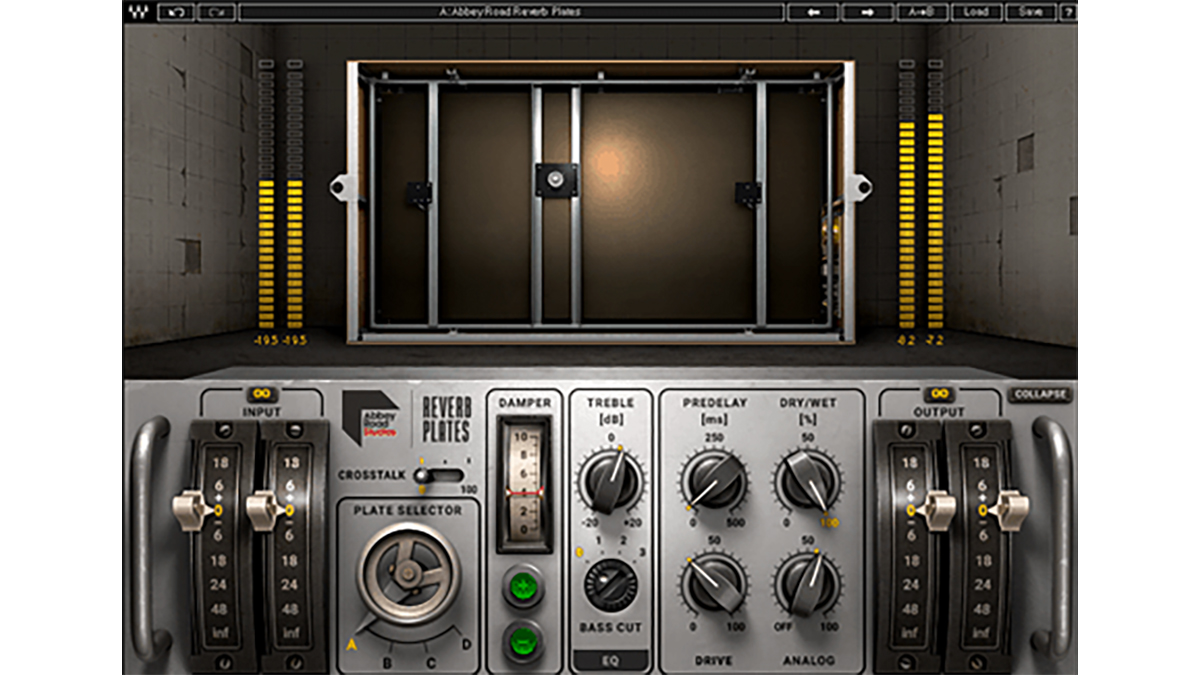
Fuse Audio Labs VRev 140 is pretty good value at £53. It extends the reverb time from the original five seconds right up to 32 seconds, and adds an EQ to tame it. Arturia’s €99 Rev Plate-140 is, the company says, a much more practical reverb than the original which “weighed more than four people, and cost more than a house”. We can’t argue with that.
Of the many other plate reverbs out there, some of the highlights include Rare Signals Transatlantic Plate Reverb ($149), which is based on “the most legendary studio reverb plates” (so the 140). Soundtoys Little Plate ($99) is most definitely inspired by the original EMT 140 but adds some modern twists. ValhallaDSP Plate is a bargain of the bunch at $50, and an algorithmic reverb based on the classic plate sound.
Kush Audio says its GoldPlate will challenge anyone who thinks an algorithmic reverb can’t match the “density and lushness of a 600-pound metal plate driven by tubes”. That’s telling us, then. There are many more but one final reverb worth mentioning is UVI’s Plate ($99) which takes its cues from both the original 140 and later (and smaller) 240.
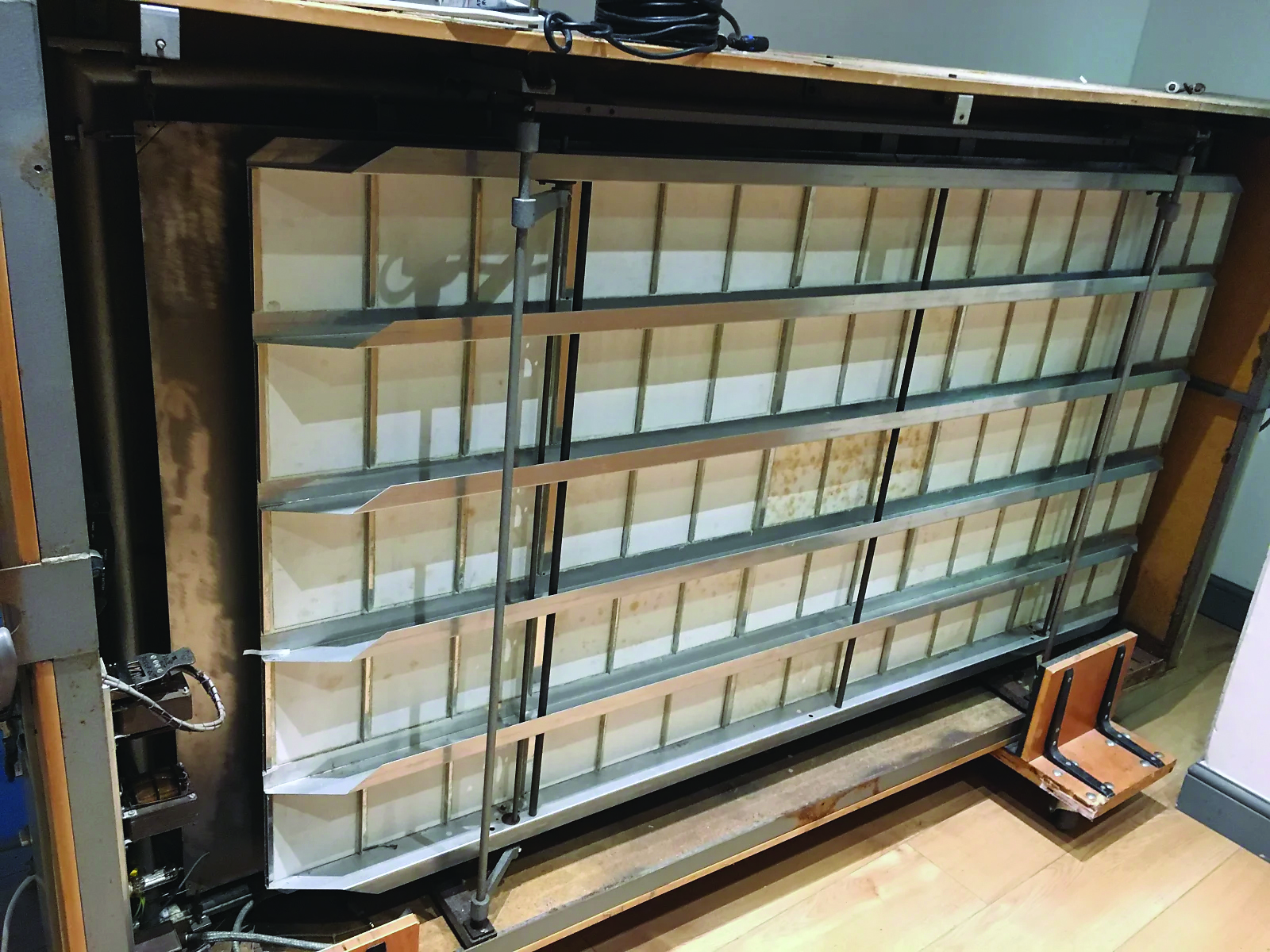
Any free EMT 140s?
Black Rooster Audio’s gold plate reverb RO-Gold is one of the better free plate reverbs, with a warm and mellow sound “faithfully modelled after an iconic hardware classic”. Variety of Sounds’ epicPLATE is a well-regarded plate reverb but Windows only. OSC Audio’s plateVerb is a more recent Mac and PC release, and a very straightforward way to get the plate sound.
To be honest, many other free reverbs might not be as dedicated to the plate sound as these, but will probably have plate options. And we can’t mention free reverbs without going on (yet again) about Valhalla’s SuperMassive. It might not be ‘plate’ but it is ‘excellent’. Download it now.
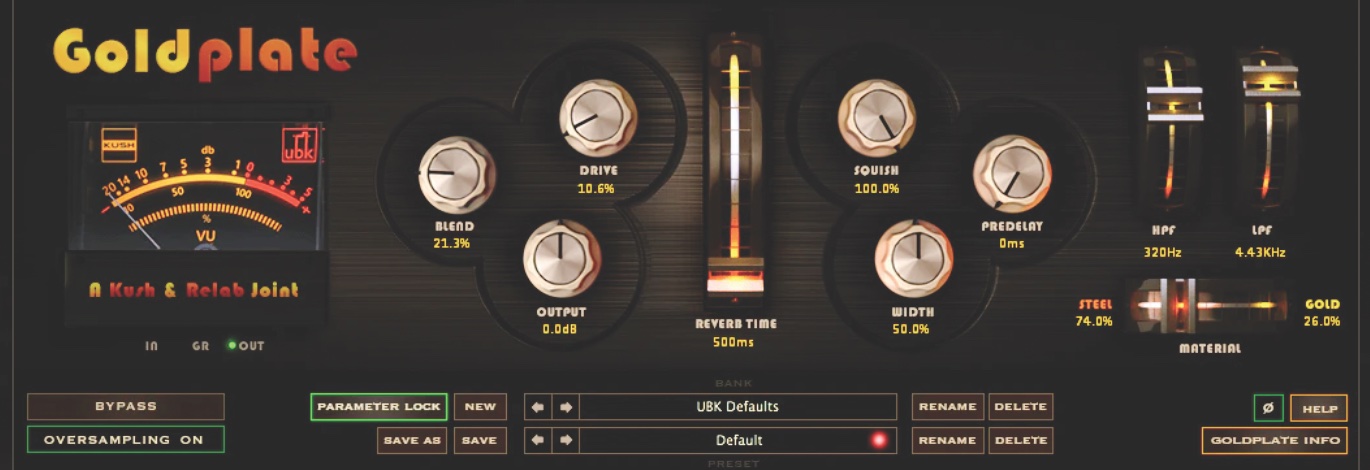
Other modern EMT140s
Few companies have tried to emulate the original EMT 140 in actual hardware, probably for very good reasons – like the practical considerations and that current software does such a good job, for far less outlay. But, incredibly, some companies have tried.
Few companies have tried to emulate the original EMT 140 in actual hardware
We’ve tracked down two examples: the Plattenhall and more compact PlateToGo are from DS AudioService Plattenhallgerate, although we’re not convinced you can still buy them. And another boutique company, Pluto Plate, has produced plate reverbs at around the same size as the original. They are rare, if you can find them at all – we have seen one for sale on Reverb for over £4,000 (local pickup only, and in the US).
Of course, you could buy an original EMT 140 instead, although these also rarely appear for sale. They tend to go for at least £10,000, but one used by John Lennon for the song Imagine sold at Bonhams auction house in London last year for £57,550 which we think is actually a bit of a bargain considering its history.
But our advice overall is to stick with the software route if you want that EMT sound – it will be much less strain on your bank balance and biceps. Here’s how to use one of the best software emulations.
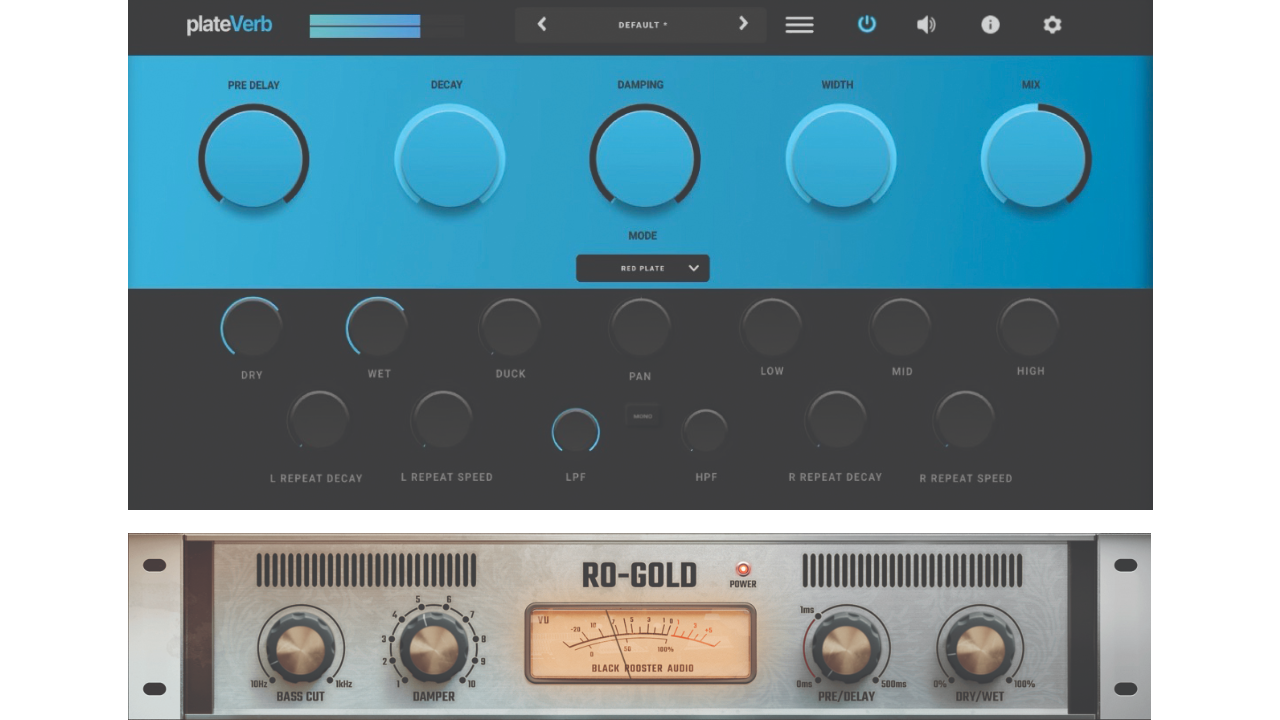
How to use the EMT 140
Our example emulation here is Waves Abbey Road Plates, though the rules will apply to any direct EMT 140 plate emulation and many other plate reverbs.
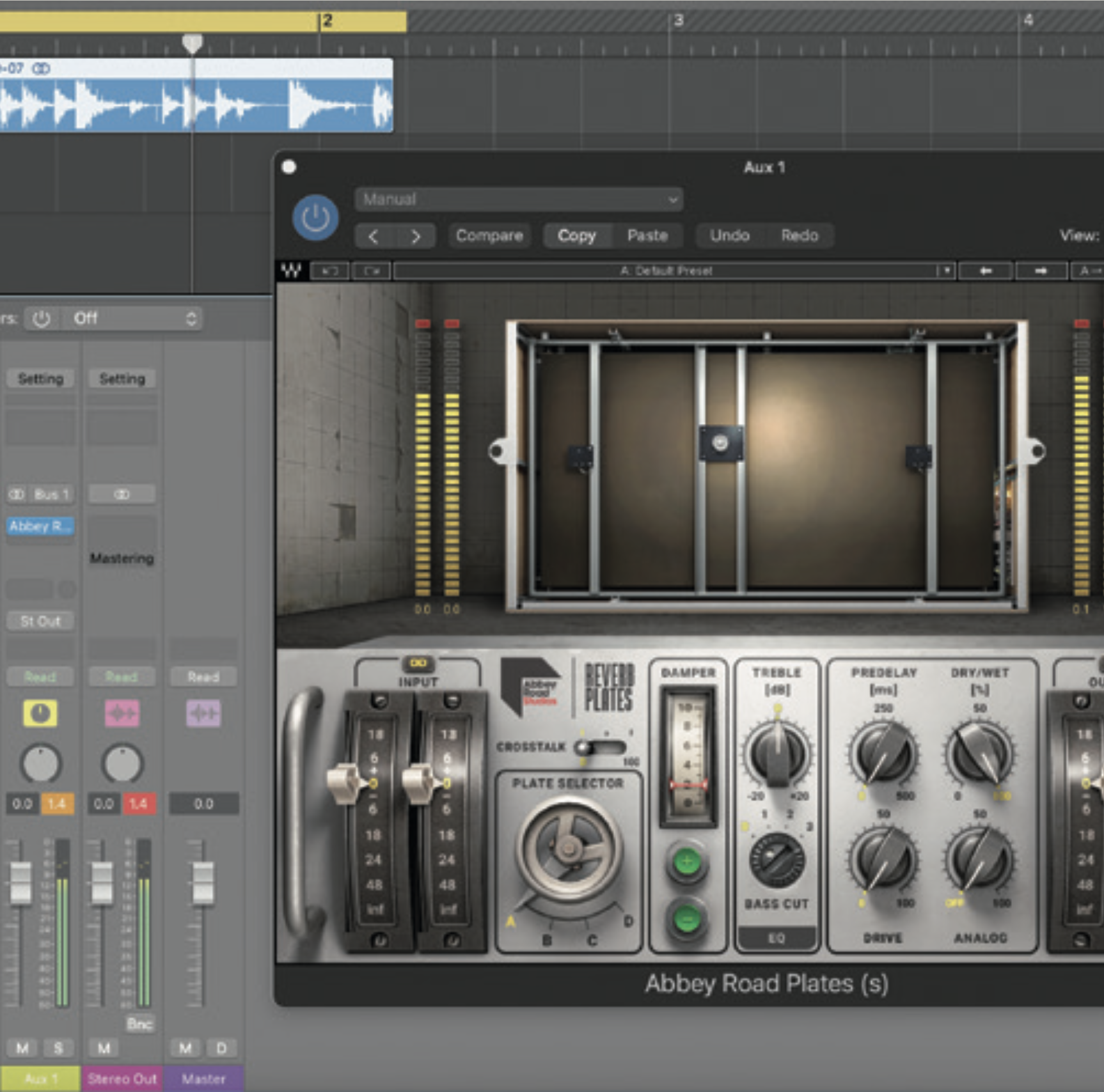
We’ve set up the Plate as an auxiliary effect rather than an insert to let us send multiple tracks to it and give the song a more unified feel if each track sends even a small amount to the same ‘verb. It also gives a more authentic, old-school feel to a track, as access to a single plate would have been more common in the ’60s, unless you were lucky enough to record at EMI studios.
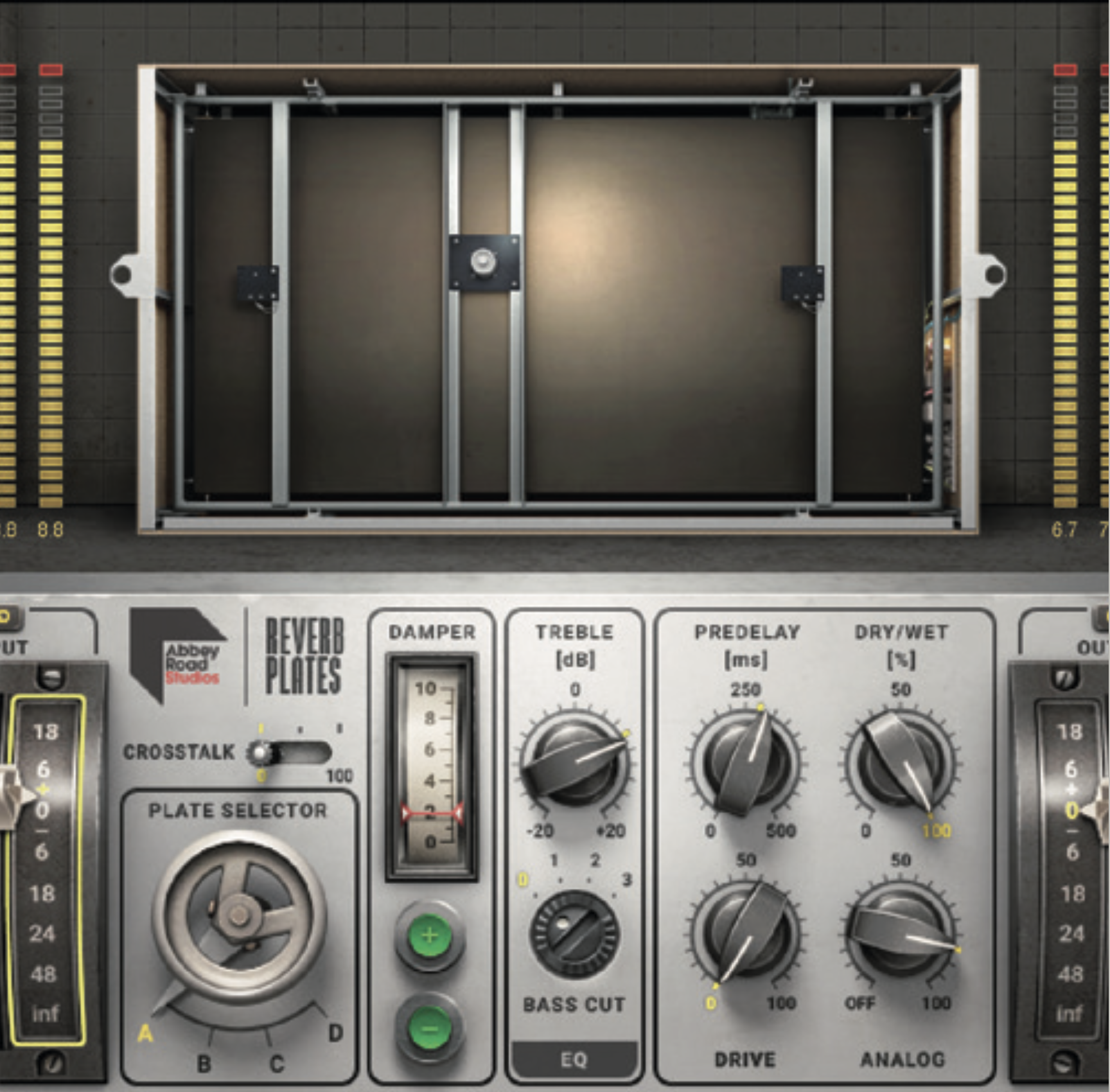
The controls are classic faders for both input and output levels, bass cut and treble boost controls – the latter sounding like a dramatic HPF – and pre delay and mix controls for reverb. You also get drive and analog controls for extra grit, hum and noise. A damper control reduces reverb time, and here the Waves plugin models all four 140s at Abbey Road, and they sound surprisingly different.
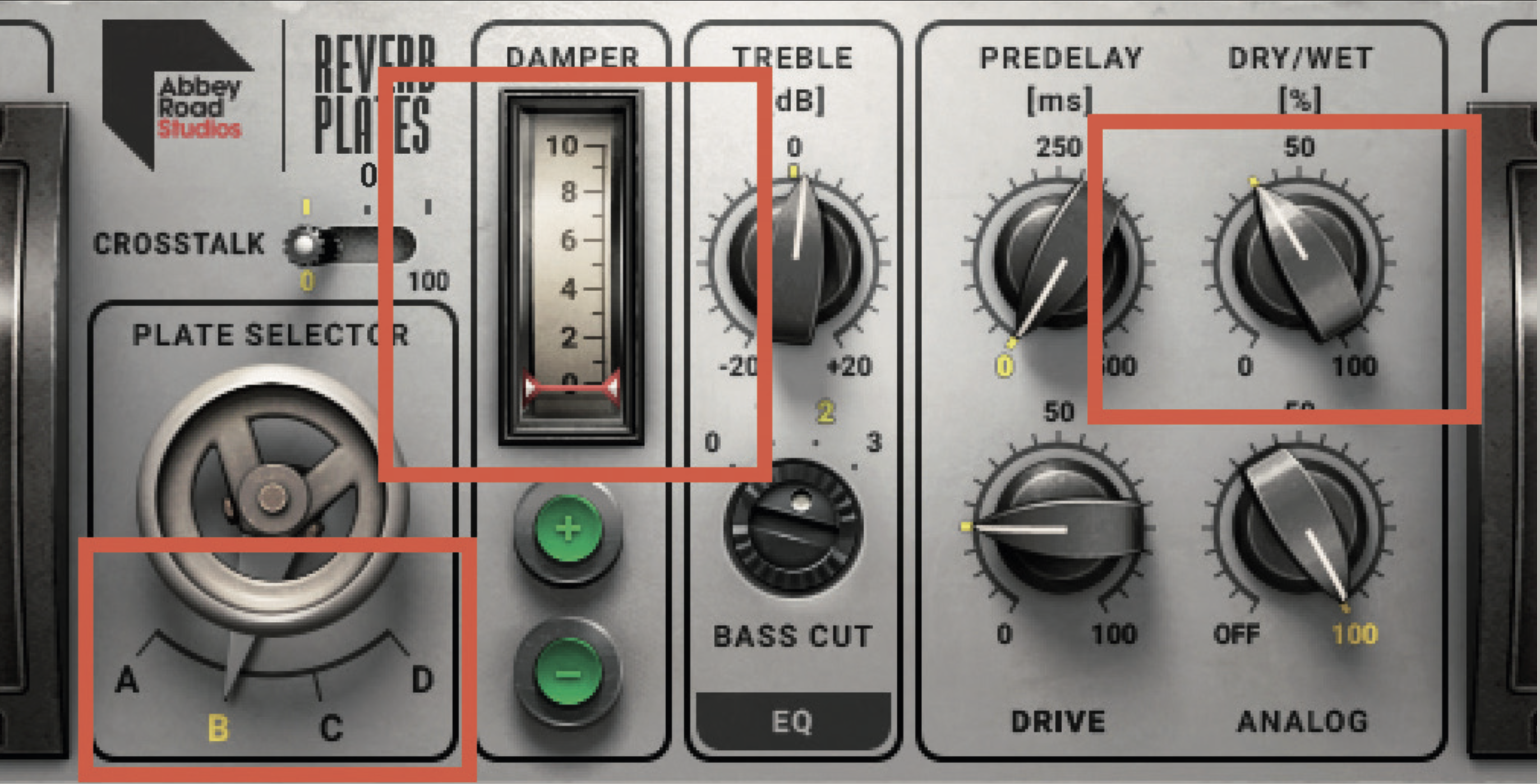
A first move is to run an acoustic drum loop through the 140 with the damper and pre-delay set to zero and mix at around 35%. This lets you hear how lovely the 140 can sound on a more subtle level, with a drum room type sound. Here, it also lets you easily hear the difference between the four models – model A sounds lusher, and D has a much snappier sound.
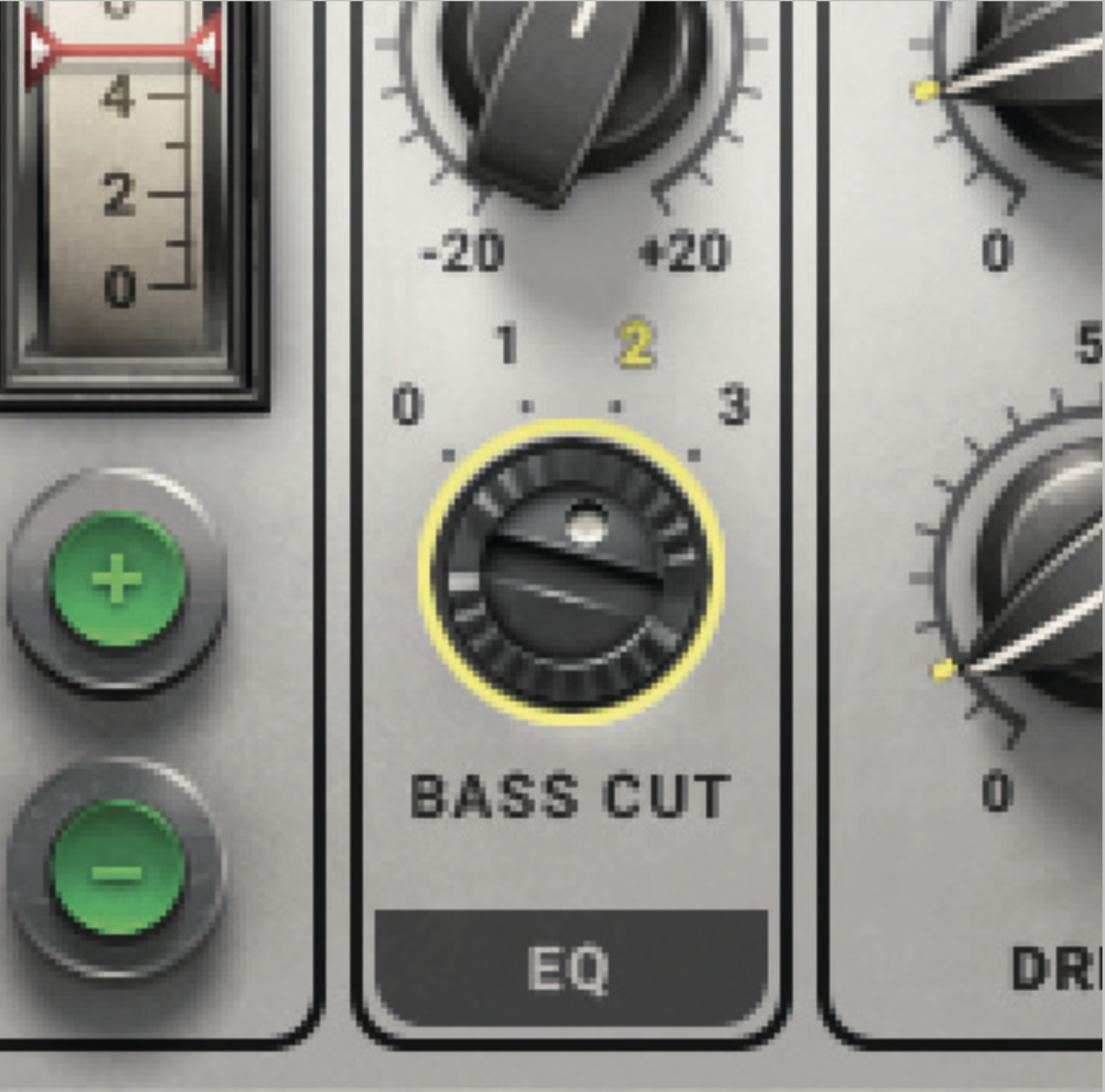
Drums are actually best used with the individual parts of the kits sent to the EMT on each sound’s aux channel. This allows you to keep the kick at a lower level in order to avoid muddiness at the low end, although it’s always good to try out the handy bass cut control on anything you put through the EMT 140 in order to remove any of that low-end grunge.
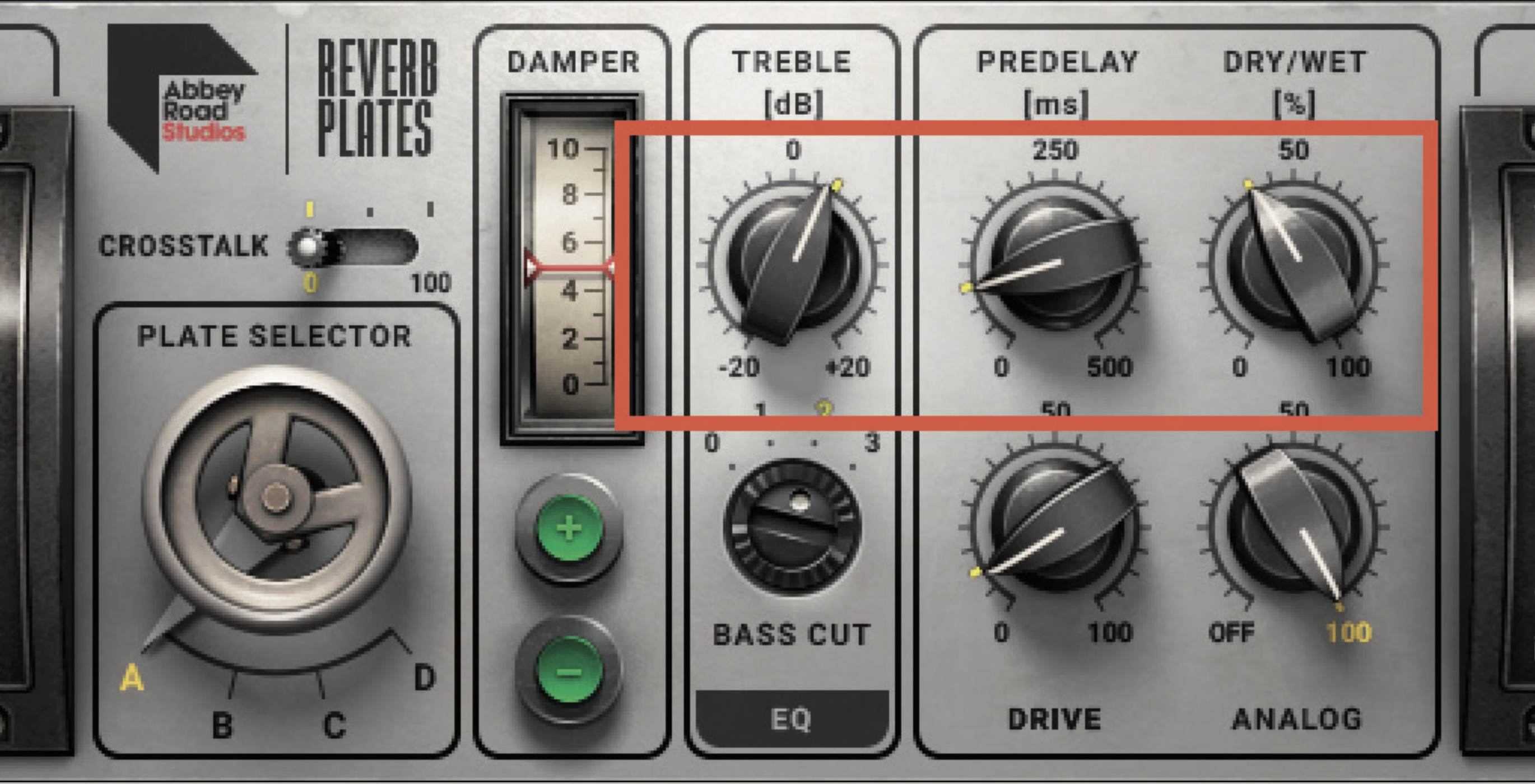
For vocals you can use the lusher sound of the A if you have it to hand, or simply open the damper control to around 4 or 5 to increase the reverb time. We’ve added some pre-delay in to really open the sound up, and to create a silky and rich reverbed vocal that sits deep in the mix.
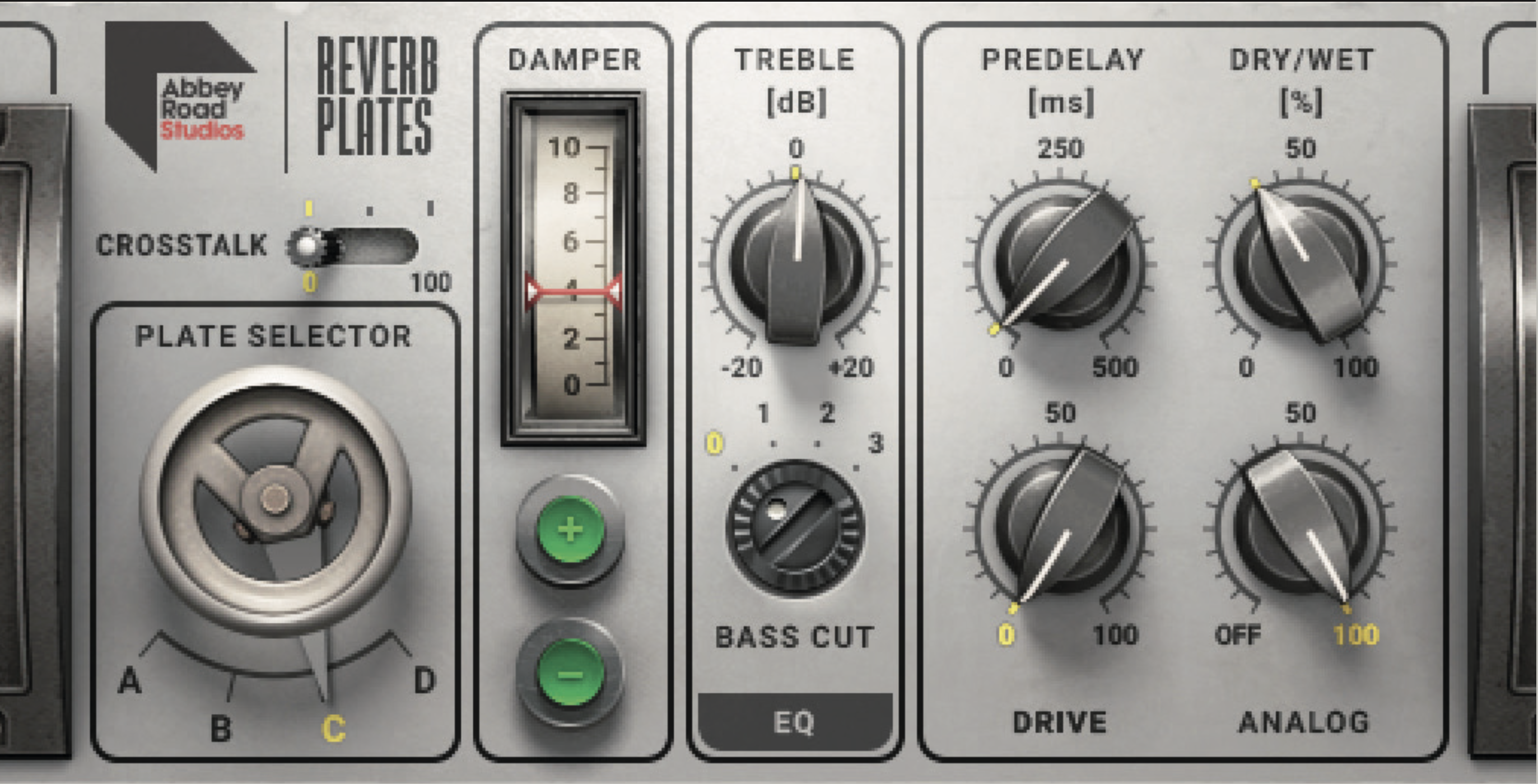
The EMT140 sounds great on string or pad sounds too. We’ll use the smooth Plate C for this, with the treble control set to zero to tame the higher end, but the damper set to four to give the reverb time. Analog is set to max for a vintage feel, and the mix again at around 35%. If you have them, try out the different 140 models for some different flavours.







